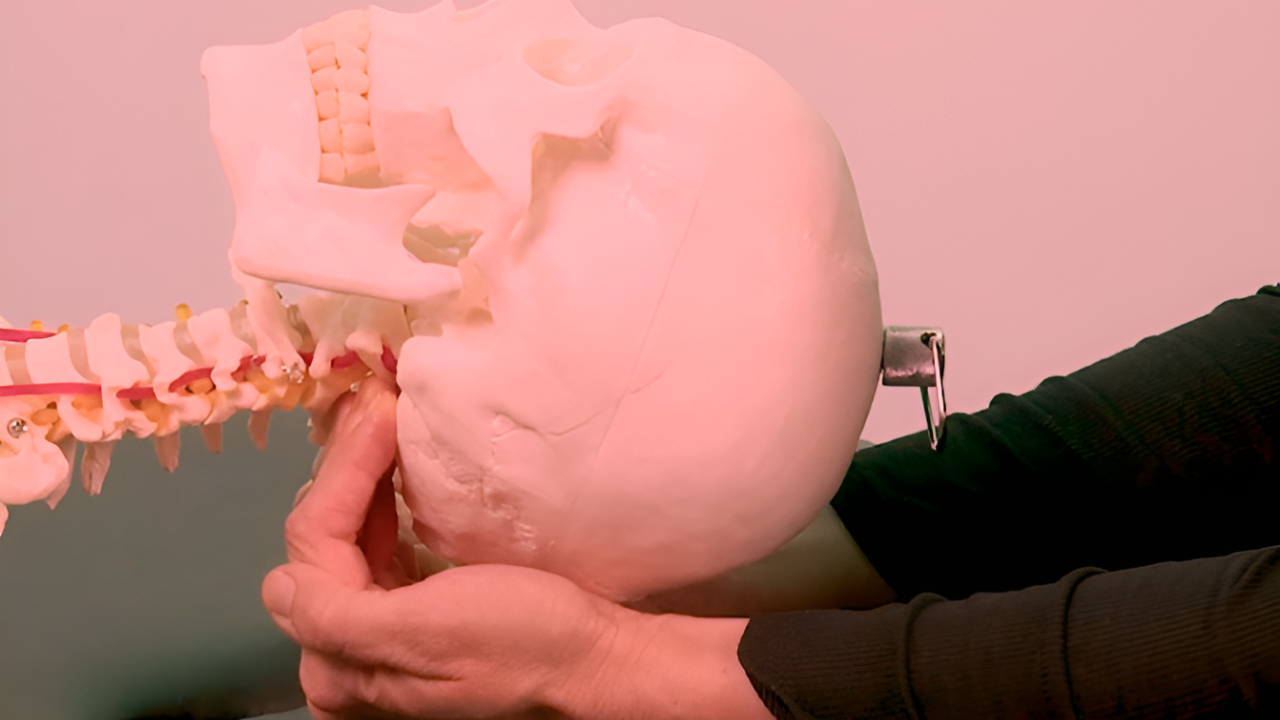Muscle Energy Techniques - PIR Versus RI
Post-Isometric Relaxation (PIR) or Reciprocal Inhibition (RI)?
PIR or RI? How much pain the client is presenting with is generally the deciding factor in determining which method to initially apply. The PIR method is usually the technique of choice for muscles that are classified as ‘short’ and ‘tight’, as it is these muscles that are initially contracted in the process of releasing and relaxing.
A Question of Sensitivity
However, on occasion the client experiences discomfort when the agonist, i.e. the shortened structure, is contracted; in this case it would seem more appropriate to contract the opposite muscle group (antagonist), as this would reduce the client's perception of pain, but still induce a relaxation in the painful tissues.
Hence, the use of the RI method, using the antagonists, which are usually pain free, will generally be the first choice if there is increased sensitivity in the primary shortened tissues.
When the client's initial pain has been reduced by the appropriate treatment, PIR techniques can be incorporated. To some extent, the main factor in deciding the best approach is whether the sensitive tissue is in the acute stage or chronic stage.
Lengthening Hypertonic Structures
In my experience of using PIR and RI on a regular basis, I have found that the best results of lengthening the hypertonic structures are achieved with PIR (client has no pain during this technique). However, once I have performed the PIR method, if I feel more range of motion is needed in the shortened tight tissue, I bring into play the antagonists using the RI method for approximately two more repetitions. This approach for my clients has had the desired effect of improving the overall range of motion.
PIR Example
The following is an example of a PIR method of MET treatment. Place your left (or right) hand onto a blank piece of paper and, with the hand open as much as possible, draw around the fingers and the thumb (remember doing this as a child?)

The distance between the thumb and finger is measured.
Remove the paper and actively abduct the thumb as far as you can, until a point of bind is felt. Next, place the fingers of your right hand on top of the left thumb and, using an isometric contraction, adduct your thumb against the downward pressure of the fingers, so that an isometric contraction is achieved (see image below).
After applying this pressure for 10 seconds, breathe in, and on the exhalation passively take the thumb into further abduction (but do not force the thumb). Repeat this sequence two more times and on the last repetition, maintain the final resting position for at least 20–25 seconds.

Adducting the thumb against a resistance applied by the opposite hand (PIR method).
Now place your hand back on the piece of paper and draw around it again; hopefully you will see that the thumb has abducted further than before (see image below).

Measure the difference after MET/PIR treatment
RI Example
To apply the RI method, follow the same procedure as for the PIR method, i.e. go to the point of bind by still abducting the thumb. From this position of bind, instead of adducting the thumb (PIR) against a resistance, perform the opposite movement and abduct your thumb - using the abductor pollicis brevis/longus muscle - against a resistance (see image below).
After applying this pressure for 10 seconds, breathe in, and on the exhalation passively take the thumb into further abduction (again, do not force the thumb). Repeat this sequence one or two more times and on the last repetition, maintain the final resting position for at least 20–25 seconds.

Abducting the thumb against a resistance applied by the opposite hand (RI method).
As before, place your hand back on the piece of paper and draw around it again. Hopefully you will see that the thumb has abducted further than previously.
John Gibbons is a qualified and registered osteopath with the General Osteopathic Council, specializing in the assessment, treatment, and rehabilitation of sport-related injuries. Having lectured in the field of sports medicine and physical therapy for over 12 years, John delivers advanced therapy training to qualified professionals within a variety of sports. He has also published numerous articles on various aspects of manual therapy.
Claim your FREE home study course
Find a Trigger Point Professional in your area
This trigger point therapy blog is intended to be used for information purposes only and is not intended to be used for medical diagnosis or treatment or to substitute for a medical diagnosis and/or treatment rendered or prescribed by a physician or competent healthcare professional. This information is designed as educational material, but should not be taken as a recommendation for treatment of any particular person or patient. Always consult your physician if you think you need treatment or if you feel unwell.

Learn More for Less

Unlimited access to all courses for just $19.95/mo











